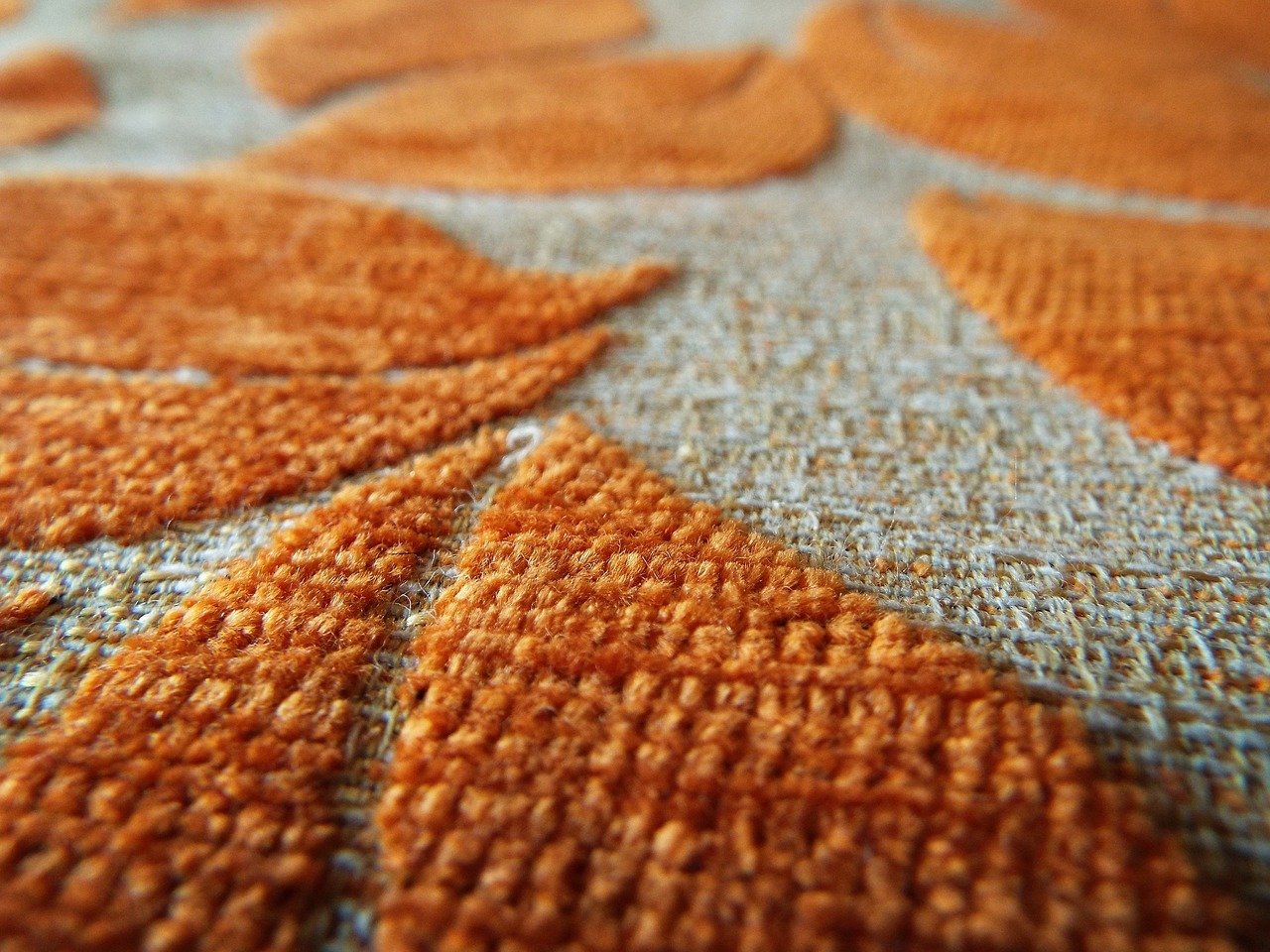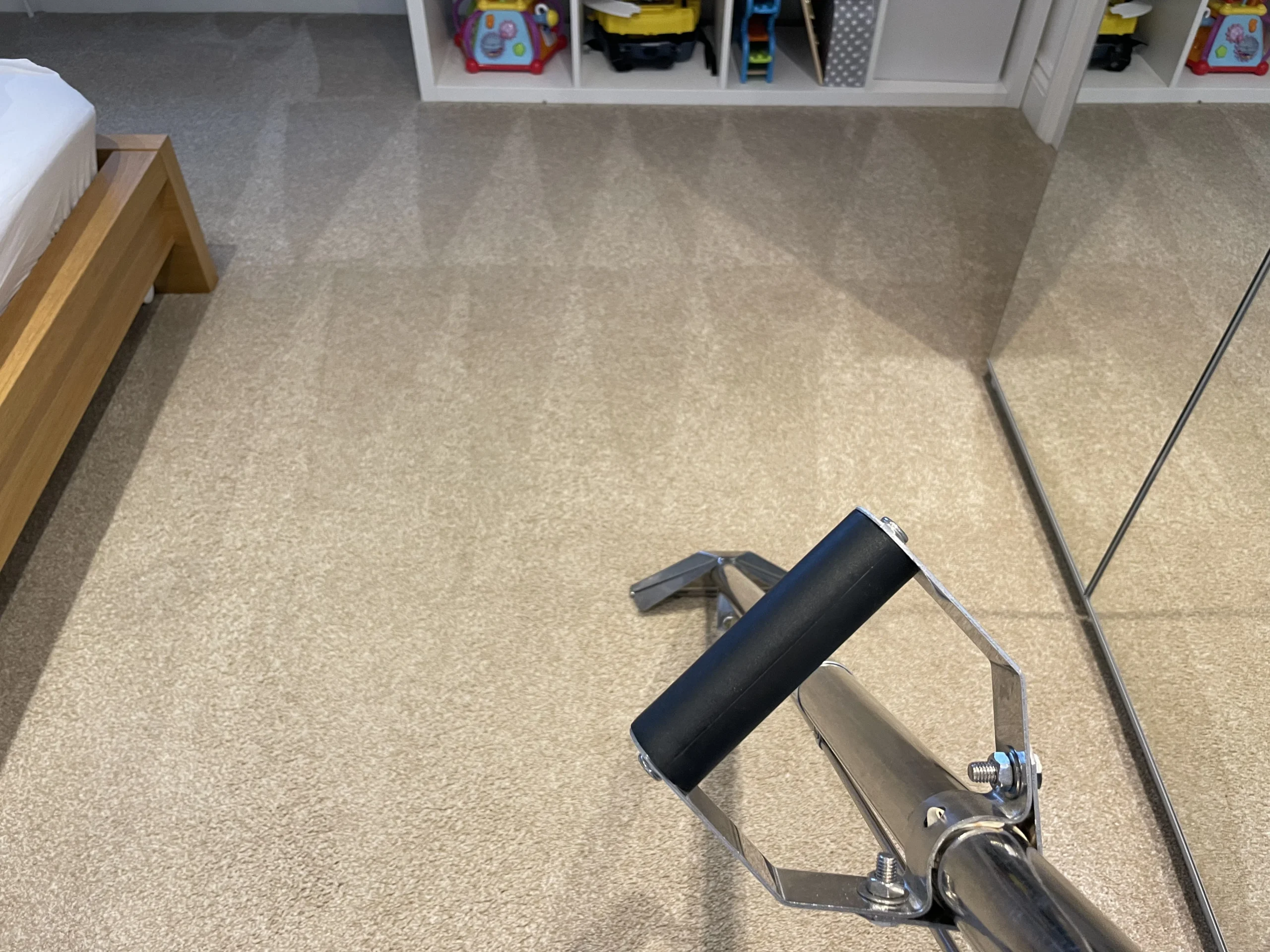Understanding Carpet Fibres: How Material Type Affects Cleaning Results
Introduction: Why Carpet Fibre Type Matters
Not all carpets are created equal — and not all cleaning methods fit every carpet.
Understanding what your carpet is made of is essential to keeping it clean, soft, and looking great for years.
Each fibre type — whether natural (like wool) or synthetic (like nylon or polyester) — reacts differently to moisture, heat, and cleaning solutions. Using the wrong method can flatten the pile, cause shrinkage, or even lead to colour fading.
In this guide, we’ll explain the most common carpet fibre types, their pros and cons, and how to clean them effectively without damaging the material.
1. Types of Carpet Fibres: A Quick Overview
Modern carpets are made from a handful of key materials, each offering different benefits and challenges.
1.1 Natural vs Synthetic Fibres
- Natural fibres (like wool) are luxurious, soft, and long-lasting, but they require gentle care and specific pH-neutral cleaning products.
- Synthetic fibres — nylon, polyester (PET), olefin (polypropylene), or triexta (PTT) — dominate the market today because they’re affordable, stain-resistant, and durable.
👉 Quick fact: Roughly 90–95% of carpets sold today are made from synthetic fibres.
2. Common Carpet Fibre Types Explained
| Wool | Natural, soft, great insulation, dirt-resistant | Sensitive to alkalinity, slower drying, can shrink or felt if overwet |
| Nylon | Strong, resilient, easy to dye, holds shape well | Can stain easily if not treated, may fade over time |
| Polyester (PET) | Stain-resistant, affordable, eco-friendly (often recycled) | Prone to crushing, struggles with oily stains |
| Olefin (Polypropylene) | Moisture-resistant, colourfast, mould-proof | Weak resilience, sensitive to heat, attracts oily residues |
| Triexta (PTT) | Durable, soft like nylon, highly stain-resistant | Slightly more expensive, less common |
Each fibre has a distinct “personality”, and choosing the wrong method can dramatically affect cleaning results.
3. How to Identify Carpet Fibre Type
If you’re unsure what your carpet is made of, here are a few ways to find out:
✅ Check the Manufacturer’s Label
Most modern carpets include a label or product spec sheet with fibre details and cleaning recommendations.
🔥 Burn Test (for professionals only)
A tiny fibre sample is burned to observe the flame, smell, and ash:
- Wool: smells like burnt hair, leaves soft ash.
- Nylon/Polyester: melts and hardens, smells slightly sweet or waxy.
⚠️ Only professionals should attempt this test to avoid damaging the carpet.
👀 Visual and Physical Clues
- Wool feels soft and warm; synthetic fibres feel smoother and cooler.
- Polypropylene fibres are shiny and resistant to water.
- Nylon fibres bounce back quickly when pressed down.
4. How Fibre Type Affects Cleaning Methods
Here’s how to clean different carpets based on their fibre type.
🐑 Wool Carpets
Characteristics:
- Natural and absorbent, but prone to shrinkage and colour bleeding.
- Sensitive to high pH and strong chemicals.
Best cleaning methods:
- Low-moisture cleaning (dry foam, encapsulation) — gentle and safe for delicate fibres.
- Controlled hot water extraction — if used, keep temperature and moisture low.
- Neutral pH detergents only — avoid alkalines, bleaches, and oxidisers.
Pro tip: Dry wool carpets quickly to prevent mildew and odours. Use fans or dehumidifiers if needed.
💪 Nylon Carpets
Characteristics:
- Extremely durable and elastic.
- May lose stain protection over time.
Best cleaning methods:
- Hot water extraction (steam cleaning) — excellent for deep cleaning and restoring texture.
- Neutral or mildly acidic solutions — help maintain fibre integrity.
- Regular maintenance vacuuming — nylon attracts dust due to static electricity.
Avoid: Overly alkaline detergents — they can dull colours.
🌿 Polyester (PET) Carpets
Characteristics:
- Naturally hydrophobic (resists water-based stains).
- Prone to flattening in high-traffic areas.
Best cleaning methods:
- Dry foam or low-moisture cleaning.
- Spot treatment for oily stains using approved degreasers.
- Encapsulation method — leaves fibres refreshed without overwetting.
Pro tip: Rotate furniture occasionally to prevent permanent flattening of fibres.
💧 Olefin (Polypropylene) Carpets
Characteristics:
- Excellent water resistance, often used in basements or offices.
- Colour dyed in the fibre (“solution-dyed”), making it fade-resistant.
Best cleaning methods:
- Dry or low-moisture methods work best.
- Cool water extraction if deeper cleaning is needed.
- Avoid high heat and aggressive agitation.
Watch out: Olefin attracts oils — clean oily spills promptly to avoid residue build-up.
🔬 Triexta (PTT) Carpets
Characteristics:
- New-generation fibre combining nylon’s strength with polyester’s stain resistance.
- Often marketed under brand names like SmartStrand.
Best cleaning methods:
- Hot water extraction is usually safe.
- Neutral detergents — strong chemicals unnecessary.
Pro tip: Triexta carpets often come with built-in stain protection — over-cleaning can remove this coating, so avoid harsh products.
5. Universal Cleaning Rules for All Carpet Types
No matter what type of fibre your carpet is made from, these rules always apply:
- Always test products in an inconspicuous area.
- Act quickly on spills — the longer a stain sits, the harder it is to remove.
- Avoid overwetting — too much water can damage backing and cause mould.
- Ensure proper drying — use airflow or dehumidifiers.
- Vacuum regularly — dirt acts like sandpaper on fibres.
- Use manufacturer-approved products only.
- Schedule professional cleaning every 12–18 months.
6. Real-Life Examples
- Wool rug in a living room: Dry foam or gentle encapsulation cleaning works best — low moisture, fast drying, minimal risk.
- Nylon carpet in an office: Hot water extraction restores appearance and hygiene effectively.
- Polyester carpet in a bedroom: Spot-treat oily stains and vacuum weekly.
- Olefin carpet on stairs: Use dry methods and avoid high heat during cleaning.
7. Summary: Know Your Carpet to Clean It Right
Understanding carpet fibre types is the first step to extending your carpet’s life.
Each fibre — whether wool, nylon, polyester, olefin, or triexta — requires a specific approach to cleaning.
Choosing the right method ensures:
✅ Longer carpet lifespan
✅ Better cleaning results
✅ No fibre or colour damage
If you’re unsure what material your carpet is made of, or you want a professional carpet cleaning tailored to the fibre type, our team at Raccoon Carpet Cleaning can help you identify, clean, and protect it — safely and effectively.

